This week, I share my explore of Ross, Tasmania. I wanted to break the drive between Launceston and Hobart, and actually see some of more normal Tasmania. So we stopped at Ross for a couple of nights and spent the day in-between looking around the town.
Ross is the location of one of Tasmania’s famous convict-built bridges. It was also the location of one of the convict-era women’s prisons (known as Female Factories). It adds to that the charm of a large selection of well preserved convict era stone built buildings constructed of locally quarried stone, in a sympathetically developed, character-filled little town.
The Bridge
Ross was on the main road between Hobart and Launceston, and there was a need for the road to cross the Macquarie River. That crossing was originally by way of a ford in 1812 when the township started being established. In 1821 a low-level bridge was constructed upstream from the location of the current bridge, but it had shortcomings and quickly became unsuitable. In 1836 the current bridge was constructed.
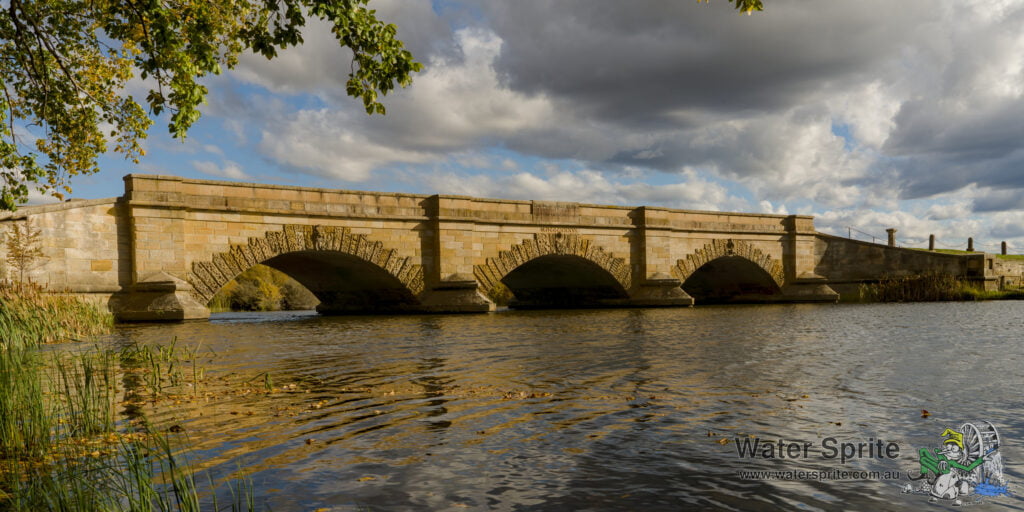
Sony A7Riv with Sony FE 24-70mm F2.8 GM II lens @ 31mm. 1/60s, f/16.0, 100 ISO.
The building of the bridge was beset by many delays. Initial deliveries of supplies intended for the bridge were apparently diverted into other projects for the benefit of local landowners. The metal ties that were to be used to hold parts of the bridge together, for example, kept disappearing. New supplies had to be ordered. These new supplies came stamped with the “convict mark” (actually classical English marking indicating government property) in the hope of deterring the supplies being used for other purposes.
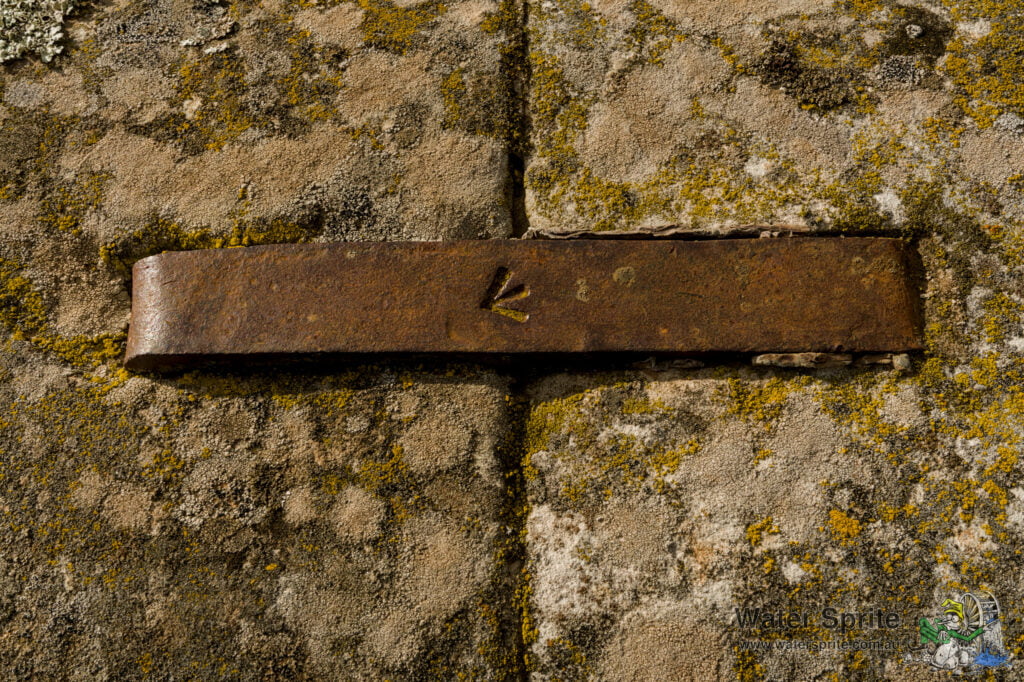
Sony A7Riv with Sony FE 24-70mm F2.8 GM II lens @ 32mm. 1/60s, f/16.0, 100 ISO.
The main highway now bypasses the town, but the bridge is still the only road bridge crossing the river in the vicinity of the town.





The buildings
Ross retains many of its convict era and other early buildings. Many of them are documented in the tourist information materials that are available on the internet and at various locations around the town. I will not repeat those stories here, as I would be just copying from that information. If you are interested in the history of the town, the Tasmanian Wool Centre Museum and Shop includes information about the town as well as the development of wool farming in the region.
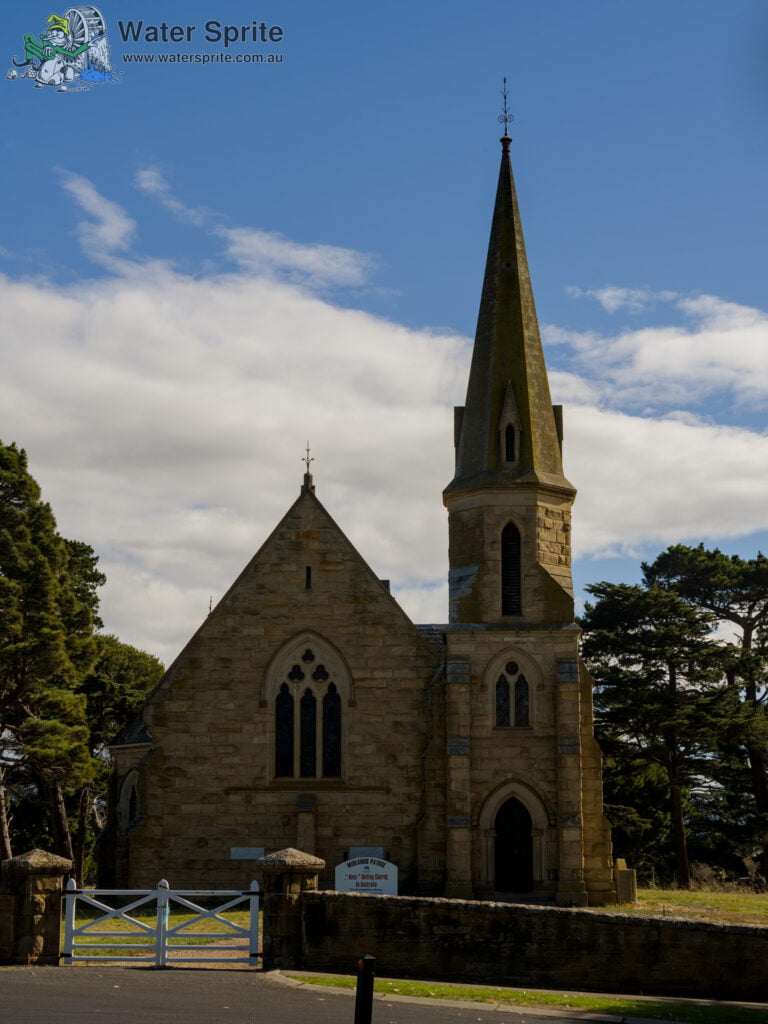
Sony A7Riv with Sony FE 24-70mm F2.8 GM II lens @ 46mm. 1/60s, f/16.0, 100 ISO.








The Female Factory
There isn’t much left of the factory (which was more of a prison). It was demolished, and it’s parts re-used for other projects, at the end of the convict era. I was told elsewhere on this trip that the Tasmanian public had, by the time transportation to Van Diemen’s Land ended, decided that the convict history was an undesirable stain on the character of the colony. When transportation ended, they set about to erase, as much as possible, the reminders of that era. The Superintendent’s House survived because it became someone’s family home.
It’s hard to imagine, because the site isn’t large, but this site housed two to three hundred women convicts and their children. The conditions would be considered quite horrific by today’s standards. Convicts absolutely were a lower class citizen than even the lowest of the free settlers, and women convicts were even more so than the men.
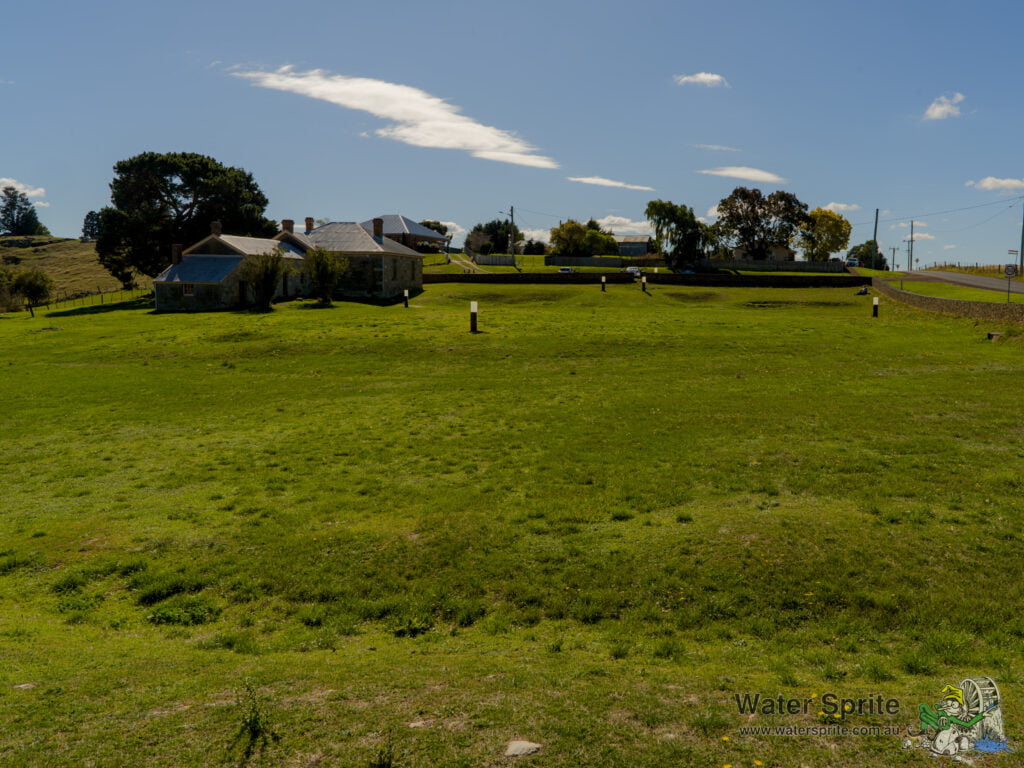
Sony A7Riv with Sony FE 24-70mm F2.8 GM II lens @ 24mm. 1/100s, f/16.0, 100 ISO.
Treatment of the women convicts
It was a recurring theme that I encountered a few times on this trip. Women convicts were lent out to surrounding land owners to complete domestic duties for the households. Like their male counterparts, they had no real say in the duties they were assigned and were expected to obey without question.
Women convicts were punished for getting pregnant while on those duties, and were not given (officially, at least) any opportunity to complain of rape. The punishment consisted of an additional six months on their sentence, including a period of harsher conditions, and compulsory removal of the child. Even with this well known consequence, getting pregnant seemed to be a common occurrence. I have to believe that the managers of these facilities must have understood what was really going on. I can only assume that they didn’t want to upset their superiors by calling out the landowners or their staff for taking advantage of these women.
The truly depressing part of this story is that Ross was a well run institution compared to others of its kind. The fatality rate amongst both women and children was significantly lower at Ross compared to at Cascades.
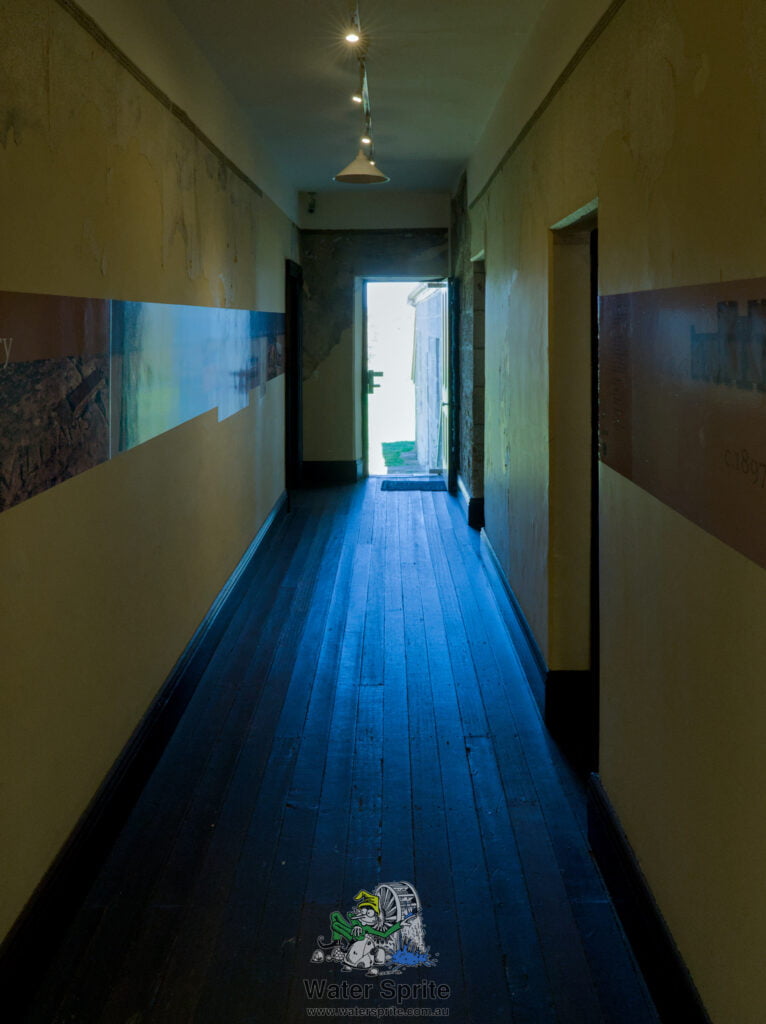
Sony A7Riv with Sony FE 24-70mm F2.8 GM II lens @ 24mm. 1/30s, f/16.0, 2000 ISO.
The Quarry
The stone for the bridge and the local buildings all came from local quarries. One of those quarries is on the outskirts of the Ross township and is accessible for tourists. The signage at the site indicates that there were other quarry sites around Ross as well, but they are not apparent from the maps or the Google satellite imagery.
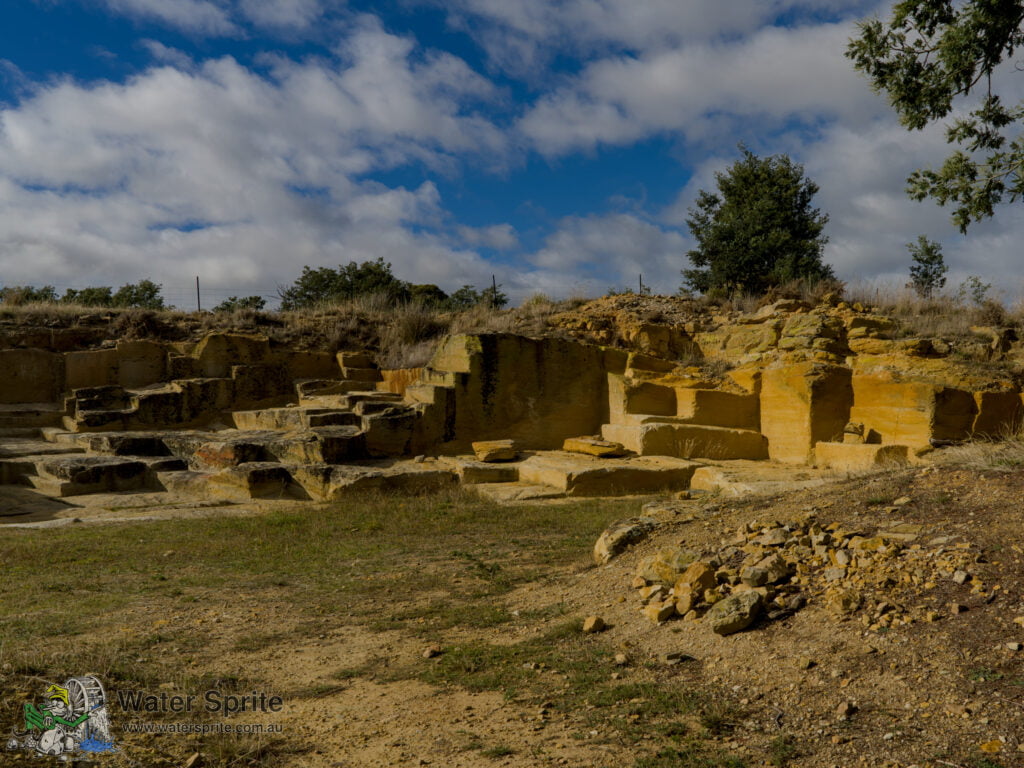
Sony A7Riv with Sony FE 24-70mm F2.8 GM II lens @ 24mm. 1/125s, f/16.0, 100 ISO.
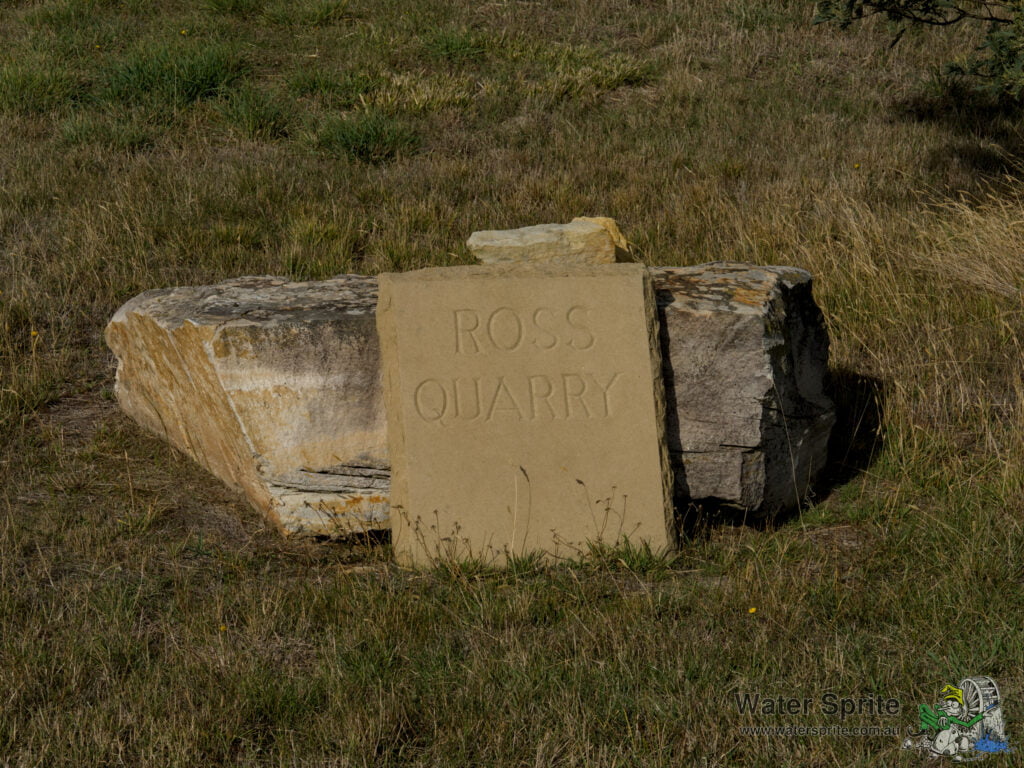
Sony A7Riv with Sony FE 24-70mm F2.8 GM II lens @ 70mm. 1/100s, f/16.0, 100 ISO.
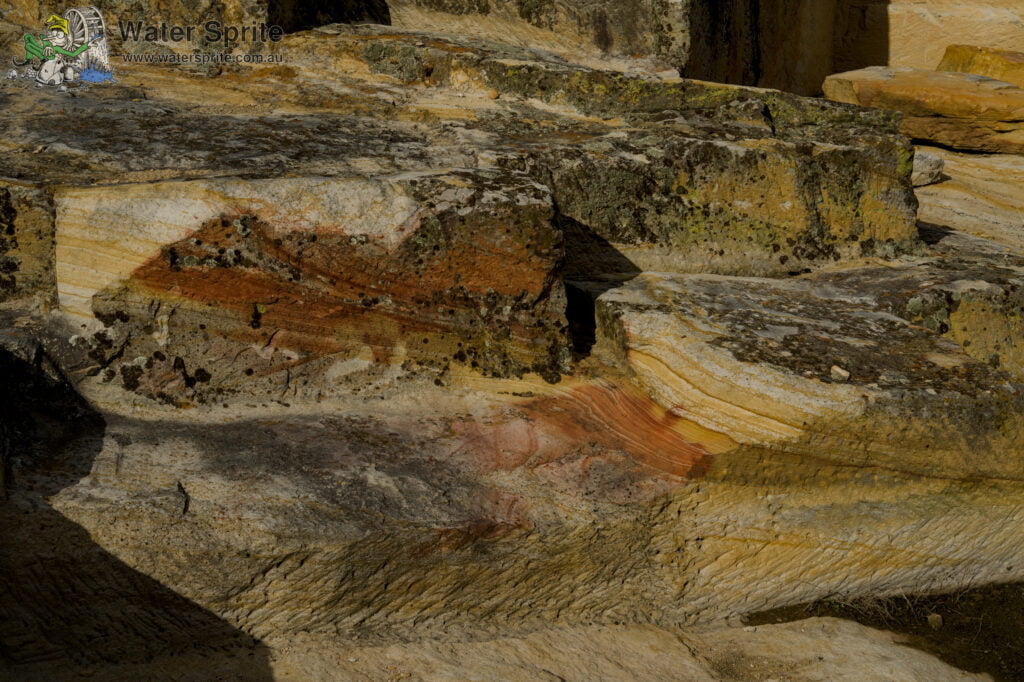
Sony A7Riv with Sony FE 24-70mm F2.8 GM II lens @ 48mm. 1/80s, f/20.0, 100 ISO.
Other photos





Links
Disclaimer
We attended the establishments and locations mentioned in this post as full fee-paying guests. Our hosts were not advised that we are semi-professional photographers or bloggers before or during our visit. It is our understanding that the tours and information we received were as normally provided to any member of the public.
The views expressed in this post are mine and mine alone, and any errors in it are also all mine. Any recommendations made in this post are unpaid and are based entirely on my experiences during my visit. Your experience may differ, and I cannot be responsible for that.
The cottages depicted in my photos are private properties. If you visit Ross and admire these and the other historic buildings in the town, please respect the privacy and other rights of the building occupants.
Leave a Reply